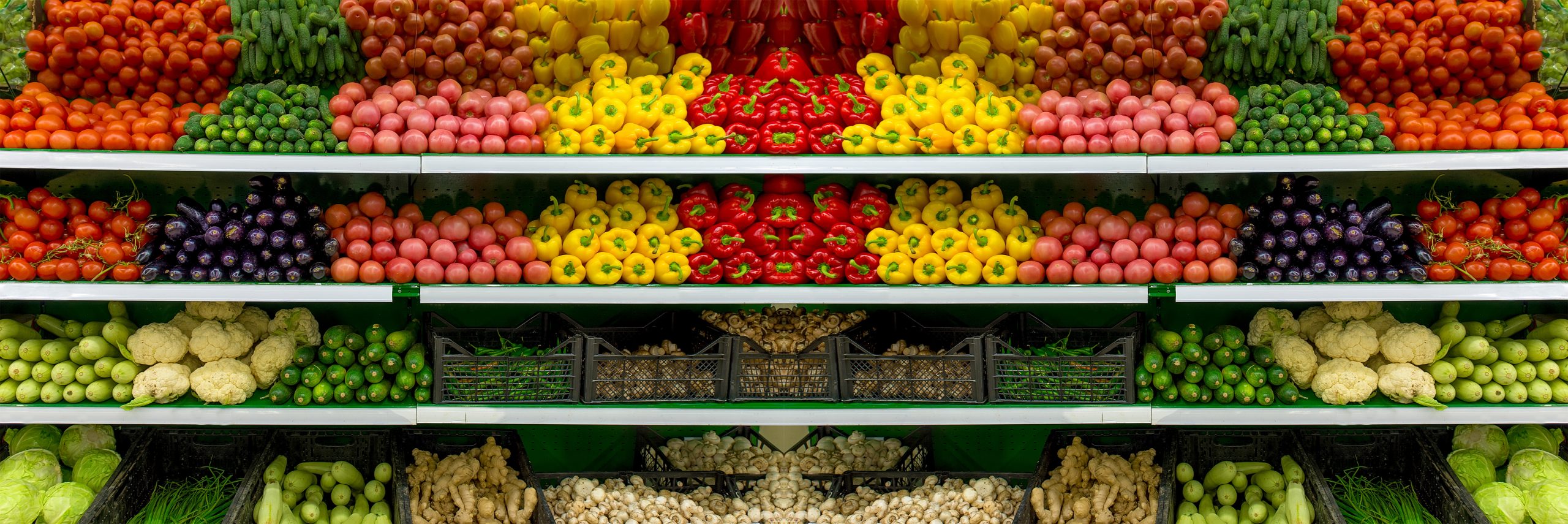GFSI is entering a new era in 2020, and we’re all involved.
For my part, I’ve been watching GFSI evolve for over a decade. I joined the GFSI Board in 2008, soon after becoming the Vice President of Food Safety at Walmart. That same year, I initiated the infamous “Walmart Letter,” which gave our thousands of suppliers an ultimatum: earn a GFSI-recognised certification or stop doing business with us. That was a very exciting period for GFSI, one where we saw explosive growth in the requirement and acceptance of recognised certifications.
Though I stepped down from the board in 2014, four years before I joined the US FDA, I’m still very fond of the organisation. Every GFSI Conference I’m able to attend feels like a homecoming. Among all the food safety summits, symposia and other gatherings that you can attend in a year, the GFSI Conference is probably the single most important event that focuses on action: applying science and principles to prevent foodborne disease in supply chains.
I’m especially excited to attend in 2020, a critical juncture in the history of food safety. In the final plenary of the conference, I’ll be presenting a talk that looks back on our past to inform our future.
A New Era of Smarter Food Safety
Everyone who knows me knows that I like to think of myself as a food safety futurist. I’ve been vocal about the value of emerging innovations, such as blockchain, artificial intelligence and the internet of things. But futurism isn’t just about making predictions or chasing the newest, shiniest coin: It’s about shaping a better future.
I believe that we will see more changes in the food system in the next 10 years than we’ve seen in the past 30. At this very moment, foods are being reformulated, new production methods are being realised and the entire food system is becoming increasingly digitised. To succeed in these modern times, we need more modern approaches.
Here at FDA, we call our modern approach the New Era of Smarter Food Safety. I’m looking forward to sharing some of the developments we’ve made since we announced this approach in April 2019. My presentation will be one of the first places you’ll be able to hear about our forthcoming Strategic Blueprint, which will outline how we plan to leverage technology and other tools to create a more digital, traceable and safer food system. I’ll also be sharing new information about our PREDICT system, a risk-based screening tool for imports.
Last but not least, I’ll talk about the importance of culture and the human element of food safety. We can write the best policies in the world, but they’re meaningless if we can’t get people to follow them. We also need to incentivise qualified professionals to work with companies and public health institutions on the topic of food safety. There are some smart, young food champions out there, and I have no doubt they’ll work to create a better and safer system.
The GFSI of Tomorrow
When I recap past food safety developments, I’ll be sure to give credit to GFSI, the first global movement that brought together the public and private sectors to collaborate in a more meaningful way than ever before. GFSI helped the public and private sectors realise that we’re all working for the same boss: the global consumer.
At the dawn of its third decade, GFSI is entering a new season. The organisation is working to develop food safety solutions that fit into our increasingly digitised world, and they’re using the tenets of food safety culture to incentivise the implementation of GFSI Benchmarking Requirements. I expect that GFSI will continue to evolve, stay relevant and play a role in further accelerating protection against foodborne disease.
Just like FDA, GFSI is joining a new era of smarter food safety. Join me at the GFSI Conference in Seattle to usher it in.
This post was written and contributed by:
Frank Yiannas
Deputy Commissioner, Food Policy & Response
US FDA


